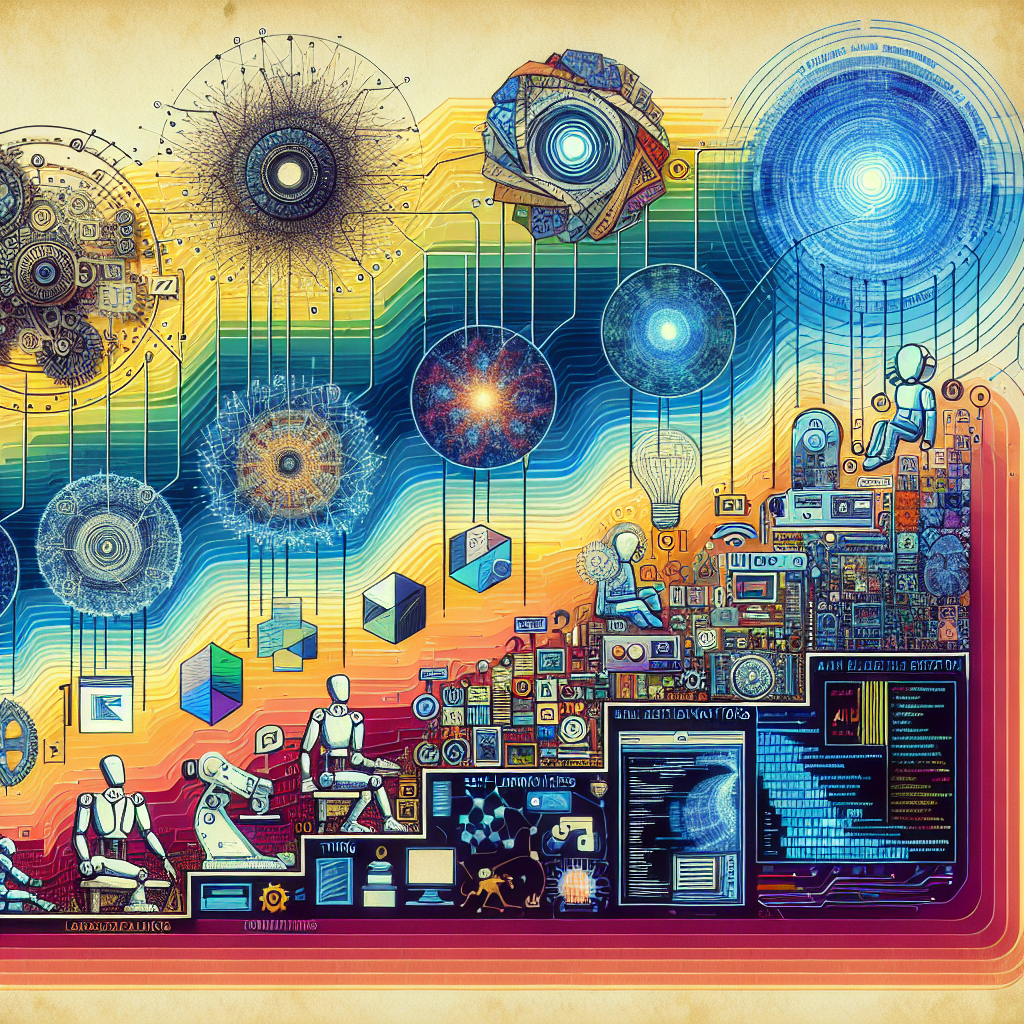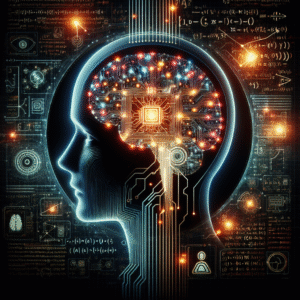Artificial Intelligence (AI) has evolved from a conceptual discussion topic in academic circles to becoming an integral part of our everyday lives. This transformation has been driven by significant advancements in computational power, algorithmic strategies, and the availability of big data. As AI continues to develop, it is crucial to understand its different types and their applications.
Origins and Early Development
AI’s roots can be traced back to the mid-20th century with pioneers like Alan Turing, who posed foundational questions about machine intelligence. Early AI was mainly focused on rule-based systems and logic, with researchers attempting to replicate human reasoning.
Symbolic AI: This first wave of AI, often referred to as symbolic AI or GOFAI (Good Old-Fashioned Artificial Intelligence), relied heavily on rule-based approaches and symbolic reasoning. Expert systems, for instance, were designed to mimic human experts by encoding domain-specific knowledge into rules. They were effectively used in areas like medical diagnosis and financial forecasting.
However, symbolic AI faced limitations in dealing with real-world ambiguities and uncertainties, setting the stage for the next phase of AI evolution.
The Rise of Machine Learning
The introduction of machine learning marked a pivotal shift in AI’s development. Unlike symbolic AI, which required explicit programming for each rule, machine learning allowed systems to learn patterns from large datasets.
Supervised Learning: In supervised learning, algorithms learn from a labeled dataset, which means that each training example is paired with an output label. Techniques such as linear regression, decision trees, and support vector machines became popular. This approach is commonly used in applications like image classification, predictive analytics, and natural language processing.
Unsupervised Learning: Unlike supervised learning, unsupervised learning deals with unlabeled data. Algorithms like clustering and dimensionality reduction help discover underlying structures without external guidance. Applications include customer segmentation, anomaly detection, and market basket analysis.
Reinforcement Learning: Inspired by behavioral psychology, reinforcement learning involves training models to make a sequence of decisions by rewarding desired behaviors. It’s widely used in robotics, game playing, and adaptive decision-making systems like self-driving cars.
Deep Learning Revolution
Deep learning, a subset of machine learning, has dramatically transformed AI landscapes. It relies on neural networks with multiple layers (hence "deep") to model complex patterns in data. This approach mimics the way human brains process information and has led to breakthroughs in numerous applications.
Convolutional Neural Networks (CNNs): Primarily used in computer vision, CNNs can automatically and adaptively learn spatial hierarchies of features from images. They power applications like facial recognition, medical image analysis, and autonomous vehicles.
Recurrent Neural Networks (RNNs): RNNs are designed to recognize patterns in sequences of data, making them suitable for tasks involving time-series data or natural language processing. They’re used in language translation, speech recognition, and sentiment analysis.
Generative Adversarial Networks (GANs): GANs consist of two neural networks—one generating data and the other discriminating generated data from real data. This setup has enabled advancements in data augmentation, image synthesis, and creative arts.
Current Applications of AI
AI’s evolution has produced technologies that permeate numerous sectors, revolutionizing industries and workflows.
Healthcare: In healthcare, AI systems assist in diagnosing diseases, personalizing treatments, and predicting patient outcomes. AI-powered imaging techniques help detect anomalies such as tumors at early stages. Moreover, AI-driven drug discovery accelerates the development of new medications.
Finance: AI automates mundane tasks like data entry and fraud detection, allowing for efficient operations in banking and insurance. Algorithmic trading leverages AI to assess market conditions and execute trades at speeds impossible for human traders.
Retail: Personalization is key in retail, and AI tailors customer experiences by analyzing purchasing patterns and preferences. Chatbots, powered by natural language processing, enhance customer service, providing 24/7 assistance.
Transportation: Self-driving cars, a marvel of AI and machine learning, continue to evolve, with prototypes already being tested on roads. AI manages traffic systems and logistics, improving the efficiency of freight and public transportation.
Entertainment: AI creates, curates, and suggests content tailored to user preferences in media and entertainment. Streaming services use AI to recommend shows and movies, while gaming leverages AI for realistic environments and intelligent NPCs (non-player characters).
Ethical Considerations and Challenges
As AI advances, ethical considerations become paramount. Issues surrounding privacy, data security, and algorithmic bias are growing concerns. AI systems can inadvertently perpetuate biases present in training data, leading to unfair outcomes. Transparency in AI decision-making is crucial, yet deep learning models often function as black boxes, making it difficult to understand how they reach conclusions.
Moreover, the societal impact of AI-driven automation poses challenges related to employment and job displacement. While AI can increase productivity, it also necessitates the reskilling of workers displaced by automation.
Future Prospects
The future of AI holds exciting possibilities, with research focusing on creating more general AI systems capable of performing a wide range of tasks. Innovations in quantum computing may lead to even faster processing speeds and data handling capabilities, further accelerating AI development.
Interactive AI solutions that can understand and process emotions, context, and more nuanced aspects of human interaction are on the horizon. Such advancements could enhance areas like mental health, elderly care, and personalized learning environments.
Conclusion
The evolution of AI from rule-based symbolic systems to complex deep learning architectures highlights its transformative journey. Its applications are vast, reshaping industries and redefining the way we interact with technology. As we continue to explore AI’s potential, addressing ethical challenges will be essential to ensure that AI serves humanity positively and equitably.
Understanding AI’s evolution and applications helps us prepare for a future where intelligent systems play an ever-increasing role in our lives. With responsible development and deployment, AI can continue to drive innovation and societal progress.




